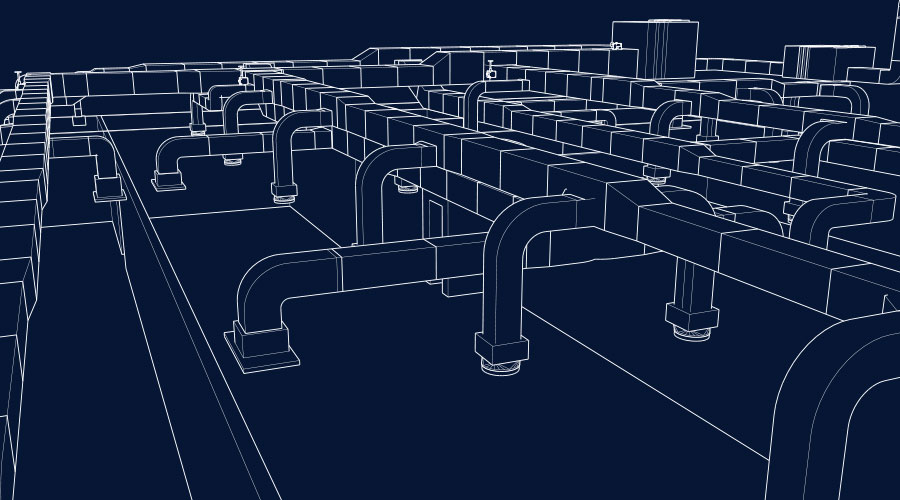BIM and the Facility Manager’s Role
BIM can help achieve energy efficiency, sustainability and maintenance goals
One crucial element in the implementation process for building information modeling software (BIM) is defining managers’ expectations of BIM, as well as the actions they can take to ensure a smooth implementation. Before those steps can happen, however, managers need to prepare.
"The role of the facilities manager in regard to BIM is to define the information requirements around the data that is produced by BIM,” Roth says. “Facility managers may not be requiring levels of development of components, but they should be requiring what matters to them.
“Instead of trying to comply with level of development guidelines from a BIM forum specification, we would much rather start talking about ISO 19650 requirements, about organizational information requirements and about asset information requirements. Putting it in that framework allows us to get a much more curated deliverable for facilities management.”
As is the case with many processes, a clear understanding of BIM’s requirements and potential benefits is an essential element of success. Angle says managers need to have a basic understanding and education around BIM, as well as virtual design and construction, and become active participants in the process.
“The design and construction teams work with many owners on many projects, which will have different outcomes related to data needs, standards and deliverables,” Angle says. “Many owners rely on the industry BIM execution plan, but without specific direction from an owner, those teams don’t have a lot to execute on behalf of the owner’s direct lifecycle needs.”
But because BIM implementation is complex and its path into facilities is still developing, owners and managers have been hesitant to commit.
“Facility managers are very much in the wait-and-see approach in regard to BIM,” Roth says. “As far as I know, there is no facility manager demanding BIM, much to my dismay. What they are doing is demanding that software improves and their processes and workflow improve.
"There is no plausible connection between the BIM that is developed in the design and construction process and the owner and operations. It requires a specialized skill set and toolset to transfer that information.”
What lies ahead
If the future of BIM for facilities management and operations remains murky, its potential benefits for managers looking for greater sustainability, energy efficiency and maintainability for their facilities remain appealing.
"The future of BIM and facilities management is to continue to produce more standardized dashboards that are isolated to business cases identified by owners and facilities management personnel,” Roth says, adding that as more facility systems incorporate IoT devices and enable integrated automation, there will be even greater benefits for operations.
“You will be able to query your building data and your operational data at the same level, the same interface,” he says. “I see a lot of overlap in regard to the building systems design as it relates to integrated automation, the actual building operations, using BIM as a base dataset.”
Angle emphasizes that for BIM to truly benefit facilities, managers will have to take an active role in understanding the technology and defining the most effective way to implement it to benefit their particular facilities.
"Don’t conclude that design and construction teams know what you want for lifecycle BIM or that their BIM execution plan is going to get you what you fully need,” he says. “With a correct understanding of some of the processes and an implementation plan for building a lifecycle process, BIM can be broken down into manageable chunks.
“Don’t try to do too much at one time, take steps with a structured data plan, try some proof of concepts, and test with pilots. BIM implementation related to the owner’s lifecycle is not an off-the-shelf solution. It takes an active role from the organization.
Dan Hounsell is senior editor for the facilities market. He has more than 30 years of experience writing about facilities maintenance, engineering and management.
Related Topics:













